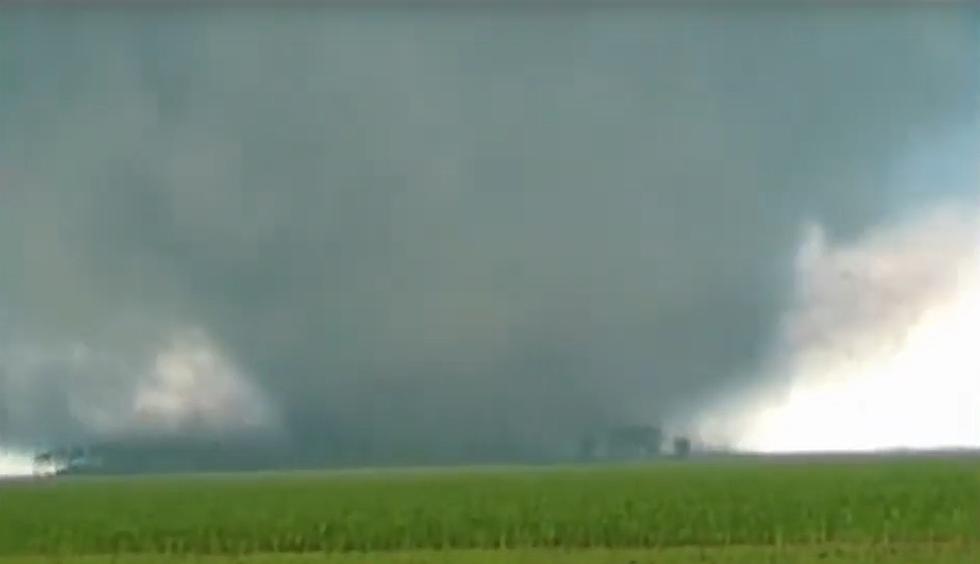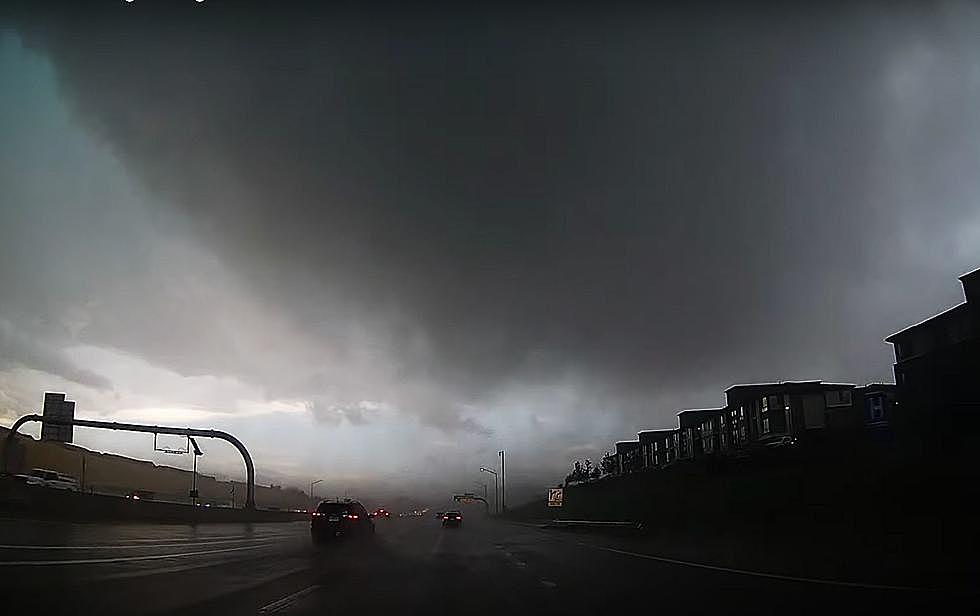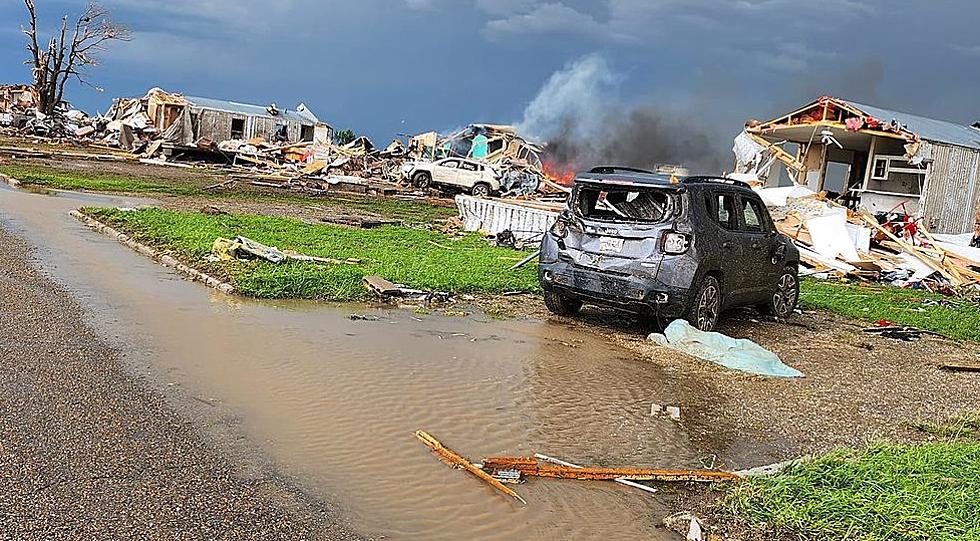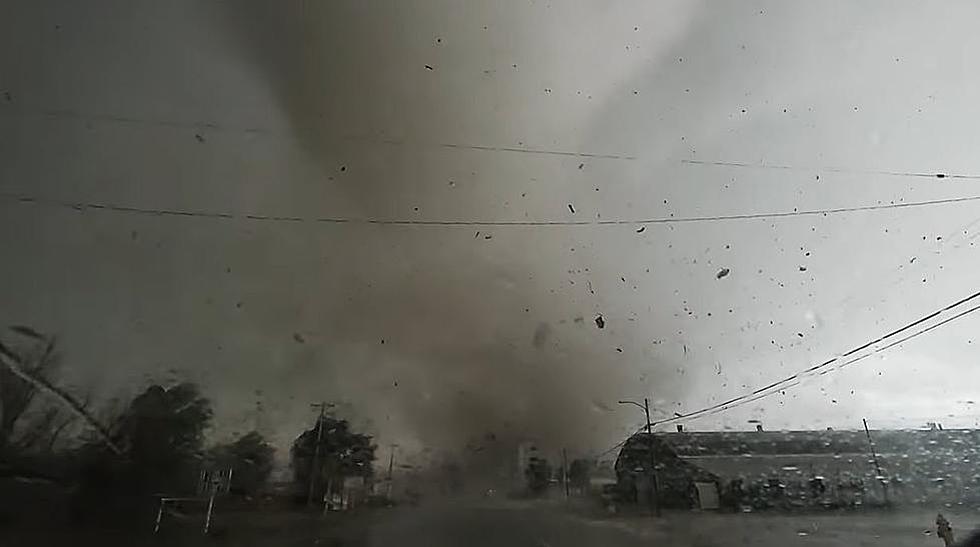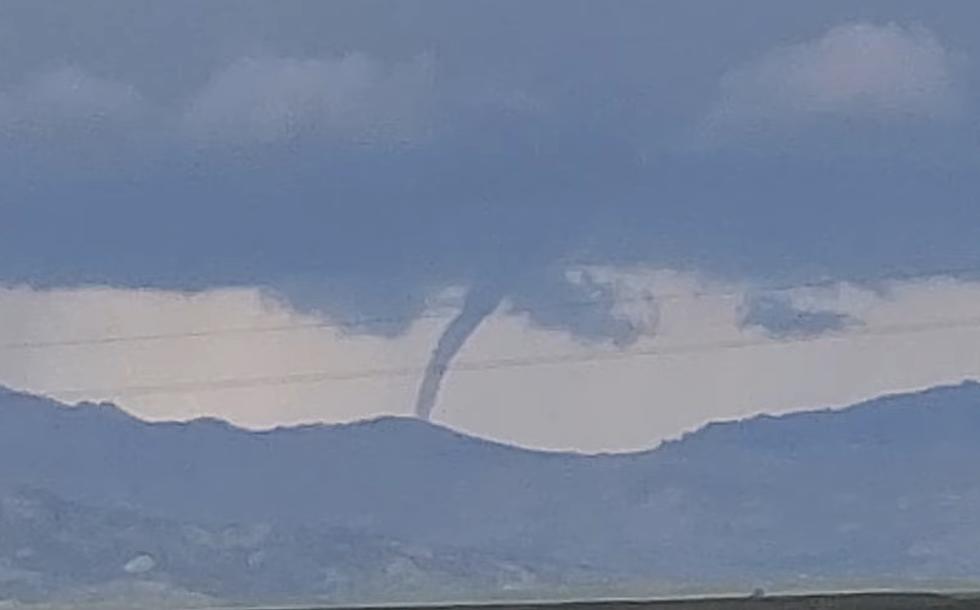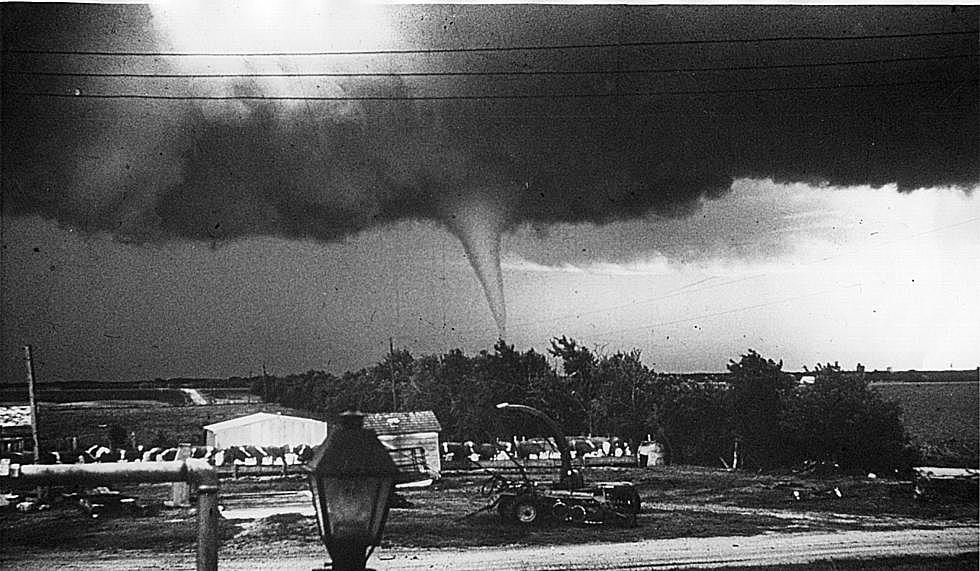
12 Years Ago, Mile-Wide EF-5 Tornado Devastates Joplin, Missouri
Early in the afternoon of May 22, 2011, meteorologists knew a serious weather situation was developing near Joplin, Missouri. By nightfall, 158 souls were gone as a killer EF-5 mile-wide twister had carved a massive path of destruction straight through the heart of the city.

The first official tornado watch was issued for Joplin on May 22, 2011 at 1:30pm according to the chronological account on Wikipedia. The NWS Storm Prediction Center declared "explosive thunderstorm development" could be expected. That forecast became reality as storms began blowing up over eastern Kansas.
At 5:17pm, the National Weather Service issued a tornado warning for Joplin, Missouri as a confirmed tornado was reported on the ground just east of the Kansas-Missouri state line.
The monster was growing as it quickly strengthened from EF-1 to EF-4 in just 4 minutes. It then expanded to a mile-wide wedge attaining EF-5 status flattening everything it came across in southern Joplin.
The National Weather Service showed the damage path that would follow as wind speeds would exceed 200 mph before the storm would relent 38 minutes later.
By the time the tornado had dissipated, the numbers shared by the National Weather Service were staggering:
- 158 killed
- Over 1,500 injured
- More than 4,000 buildings destroyed
I'll never forget Weather Channel meteorologist Mike Bettes response as he arrived in Joplin when he first saw the devastation.
The National Weather Service says the May 22, 2011 Joplin EF-5 tornado was the 7th deadliest in United States history. Even though a dozen years have now passed, the memory of the destruction of that day remains vivid for those in Missouri who survived it.
LOOK: The most expensive weather and climate disasters in recent decades
More From Hot 104.7 - KKLS-FM

